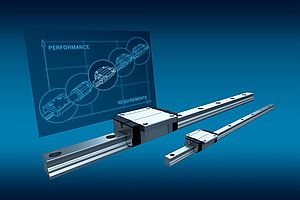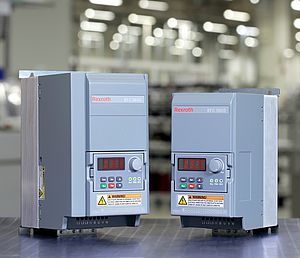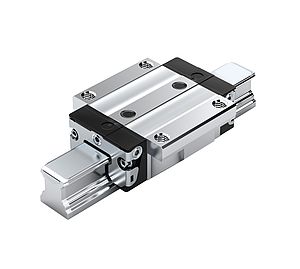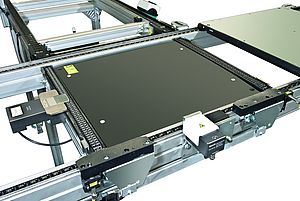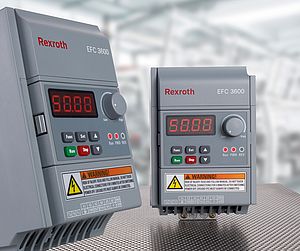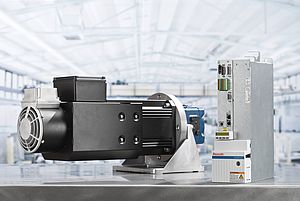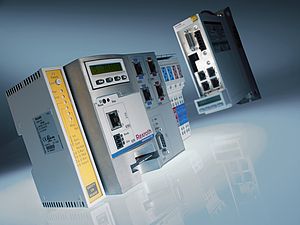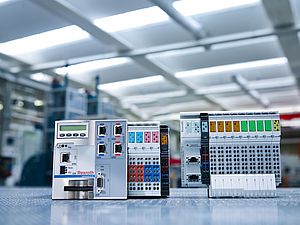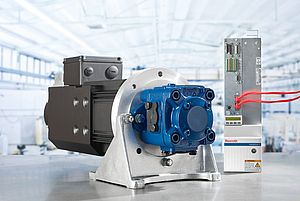Interview number 12 of our virtual round table: Dr. Ulf Lehmann, Head of Business Unit Linear Motion Technology at Bosch Rexroth AG
IEN Europe: What’s the role of IoT in today’s factory? Why is it so important to undertake the digital transition?
Dr. U. Lehmann: Digitalization is increasingly transforming mechanical engineering technologies. Machine manufacturers are currently experiencing a profound generation change. All engineers and designers below their mid-thirties have grown up with cell phones and the Internet. This is also increasingly affecting the professional use of technology. The new generation seeks concrete solutions for automation processes and functions rather than components and systems. Their justified expectation is that all applications, information channels and platforms should be as easy to use as those in private life. This also applies to the selection, dimensioning and configuration of Linear Motion Technology. In the future, it will be increasingly important in linear technology that engineers can integrate it into their digital workflow and connect it to the application.
IEN Europe: What are the main challenges when talking about digitalization? How to limit the side effects of the digital adoption?
Dr. U. Lehmann: Manufacturers of Linear Motion Technology components and systems face a dual challenge. On one hand, mechanical performance data remains the decisive criterion for the use of components. Bosch Rexroth is continuing to expand its portfolio in this area. At the same time, the company is developing additional solutions with greater functional integration and complete connectivity solutions for automation processes and functions on this basis.
IEN Europe: How much is digitalization part of your company’s strategy and why?
Dr. U. Lehmann: The digital transformation will continue, and we want to be part of it. The new generation of design engineers has high expectations – and Rexroth’s Linear Motion Technology is working to meet them. We are developing solutions which are easy to use throughout the entire engineering process, integrate more and more functions for predictive maintenance and process optimization, and their digital twins will fit seamlessly into virtual designs and value streams in the future.
Sara Ibrahim






